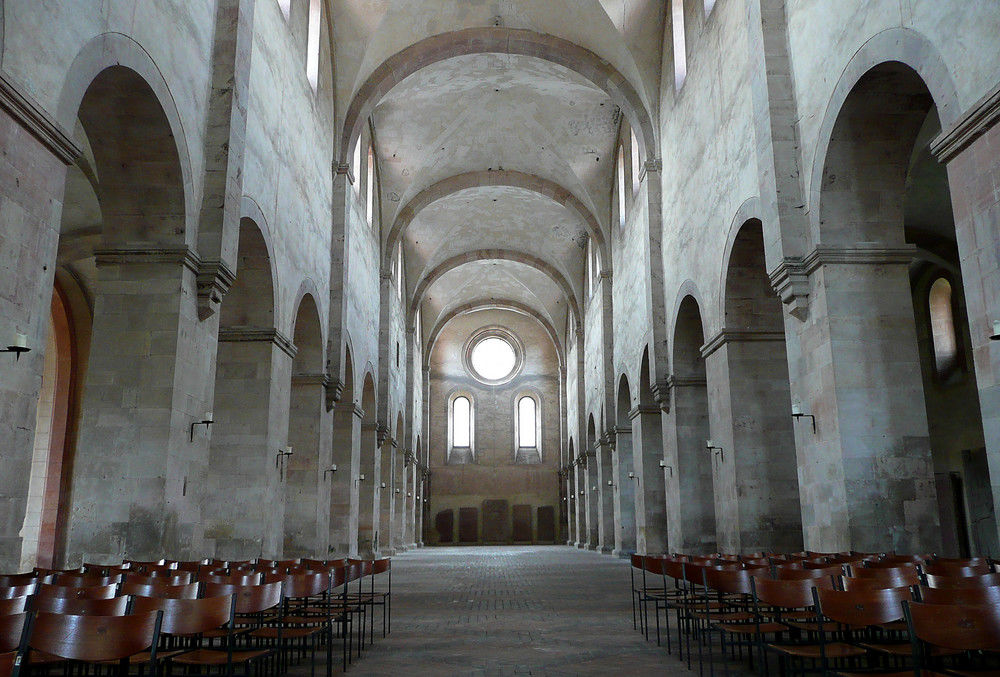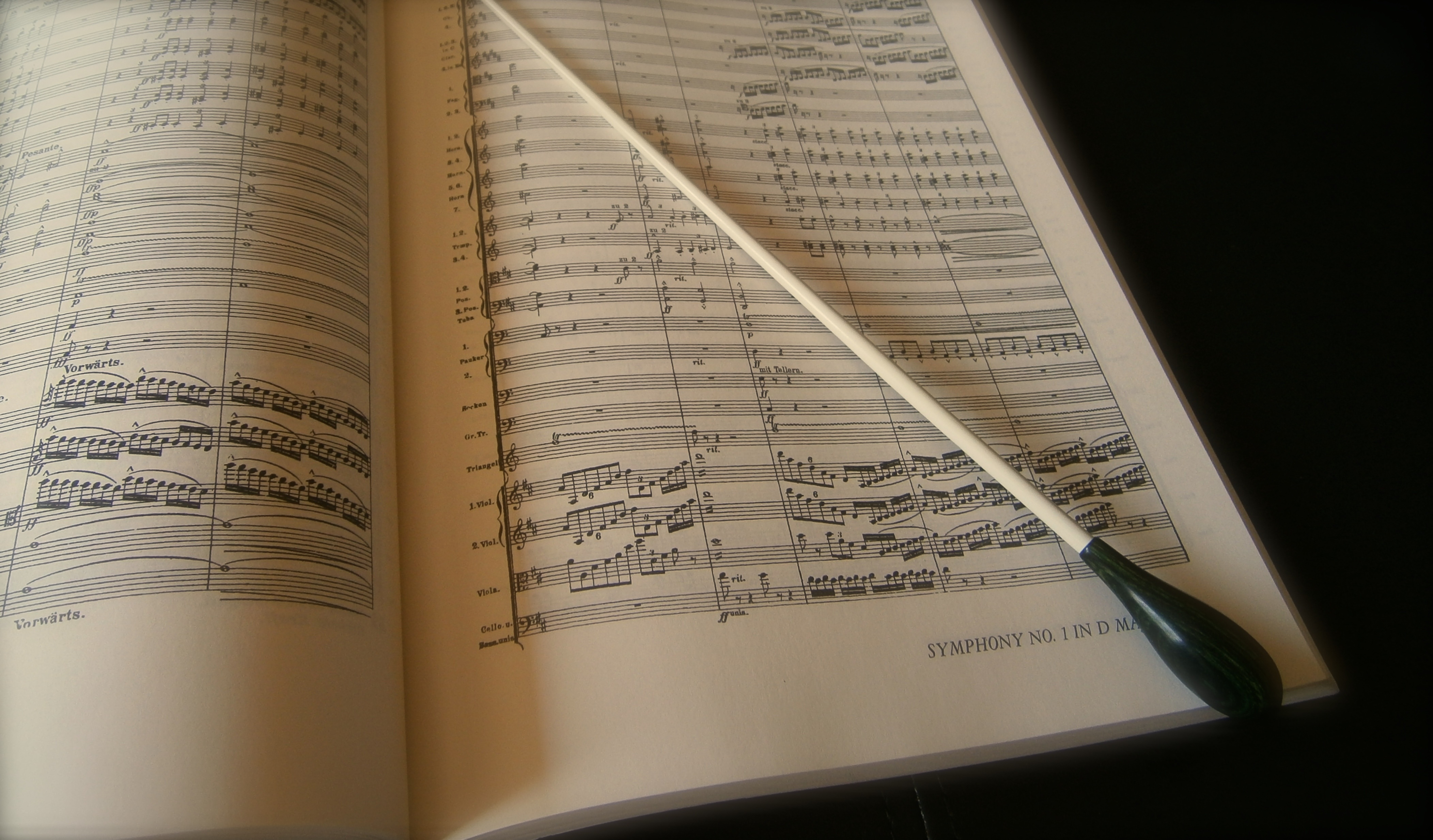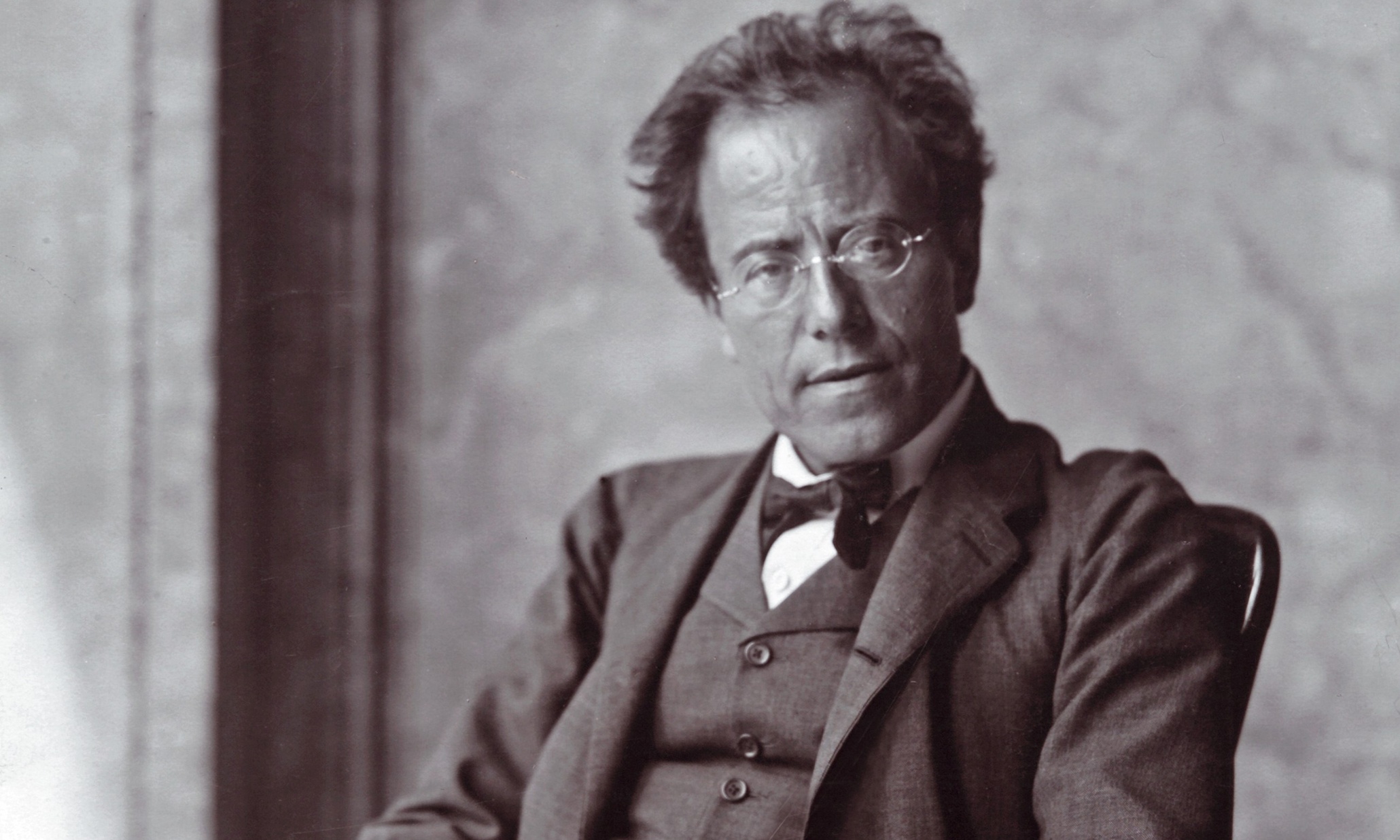Haydn’s Mistitled “Miracle” Symphony No. 96
It isn’t everyday that a piece of music is so fascinatingly inventive that it actually saves lives. But, apparently, that’s what happened when Franz Joseph Haydn conducted his newest symphony at London’s King’s Theatre on the evening of February 2, 1795. The German painter, composer and Haydn biographer Albert Christoph Dies (1755-1822) provided this account: When Haydn appeared in the orchestra and seated himself at the Pianoforte, to conduct a symphony personally, …







